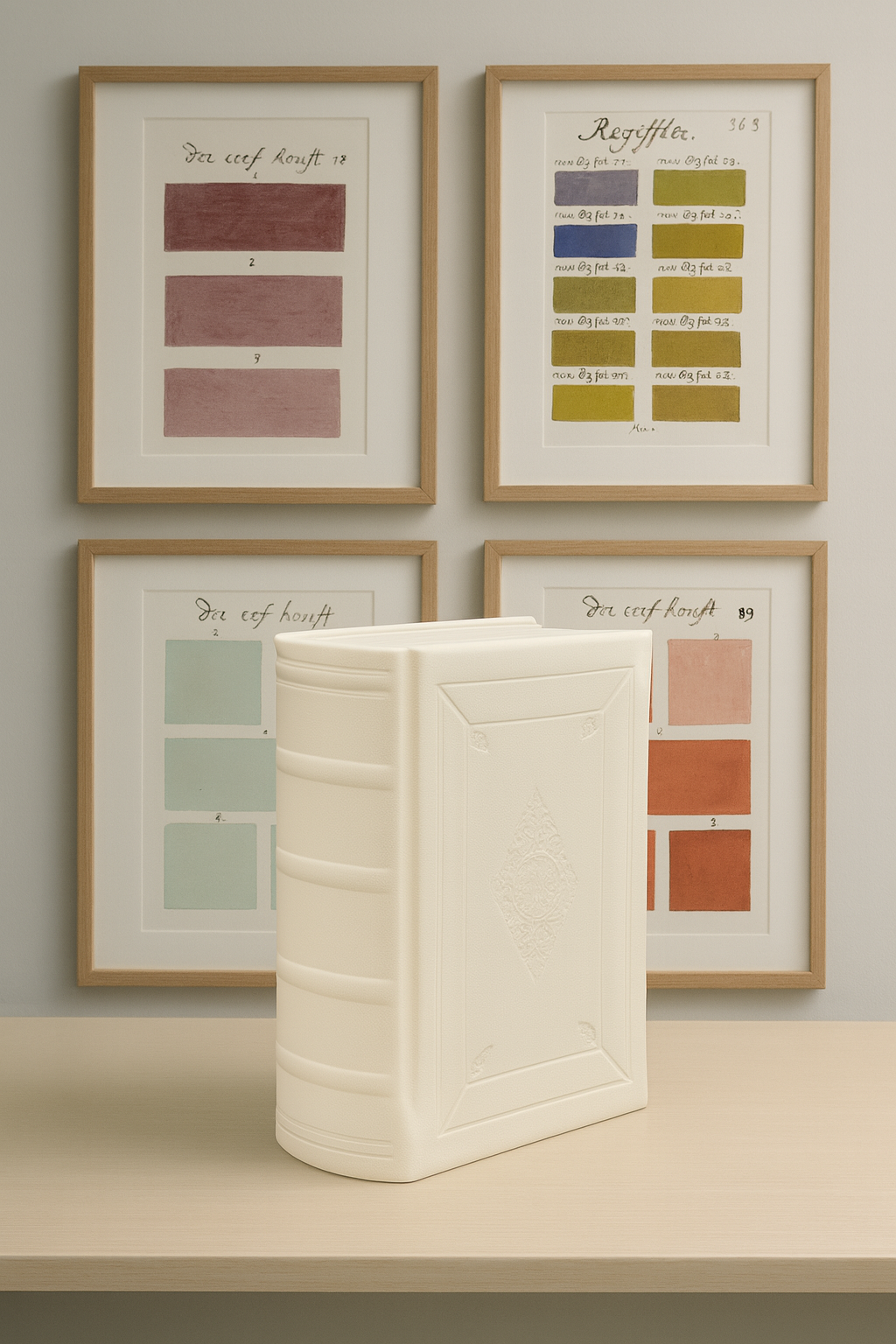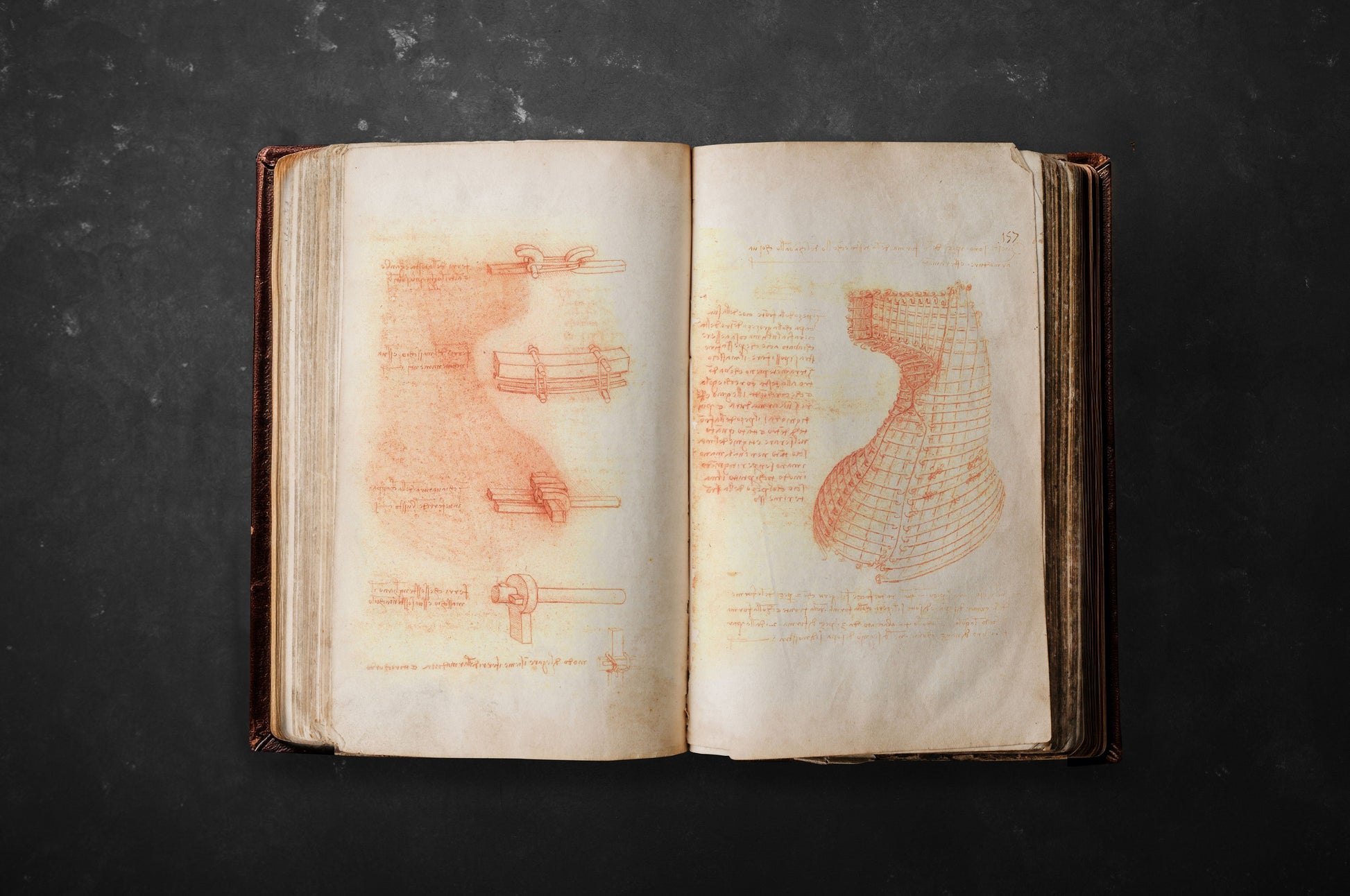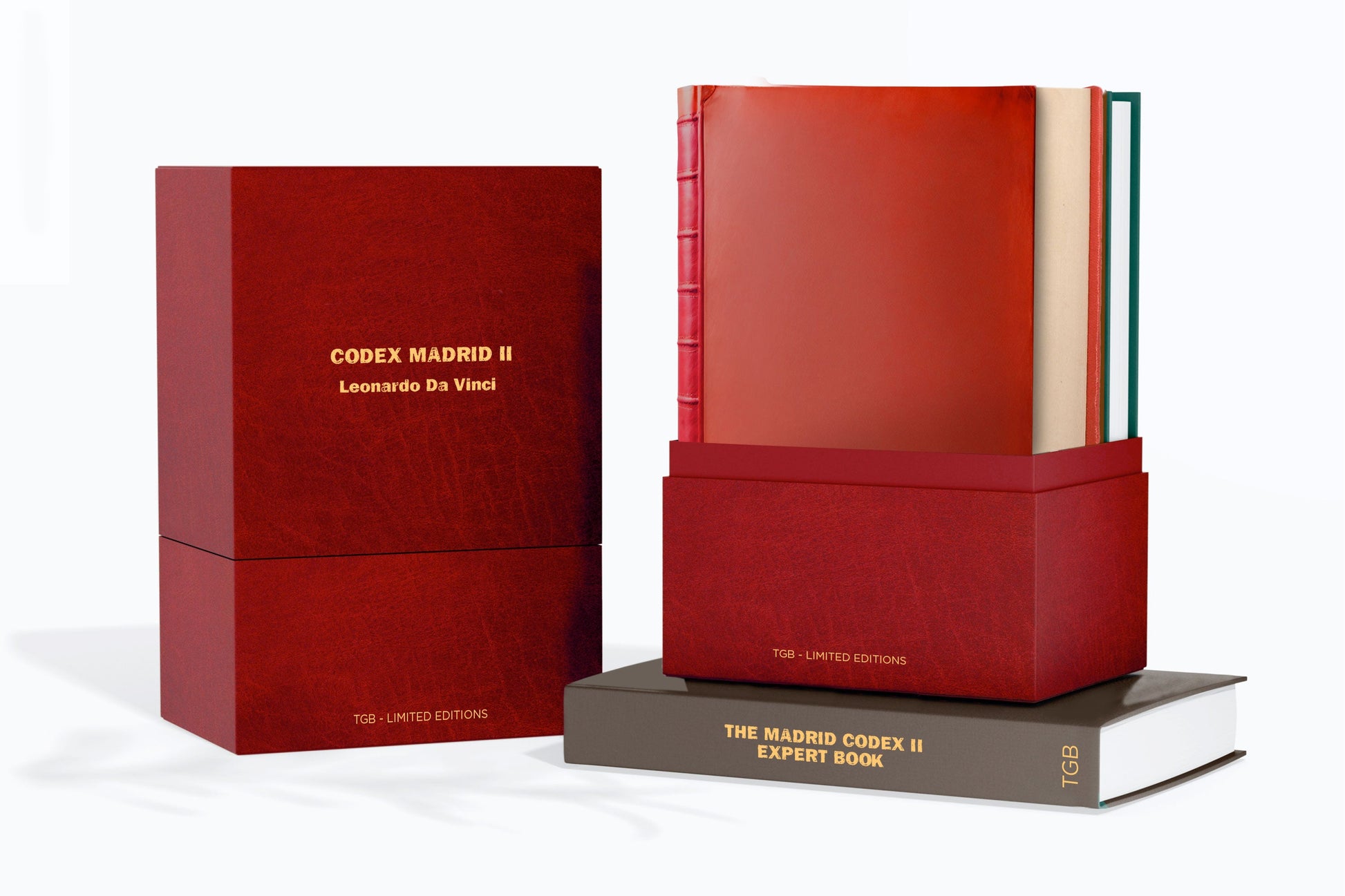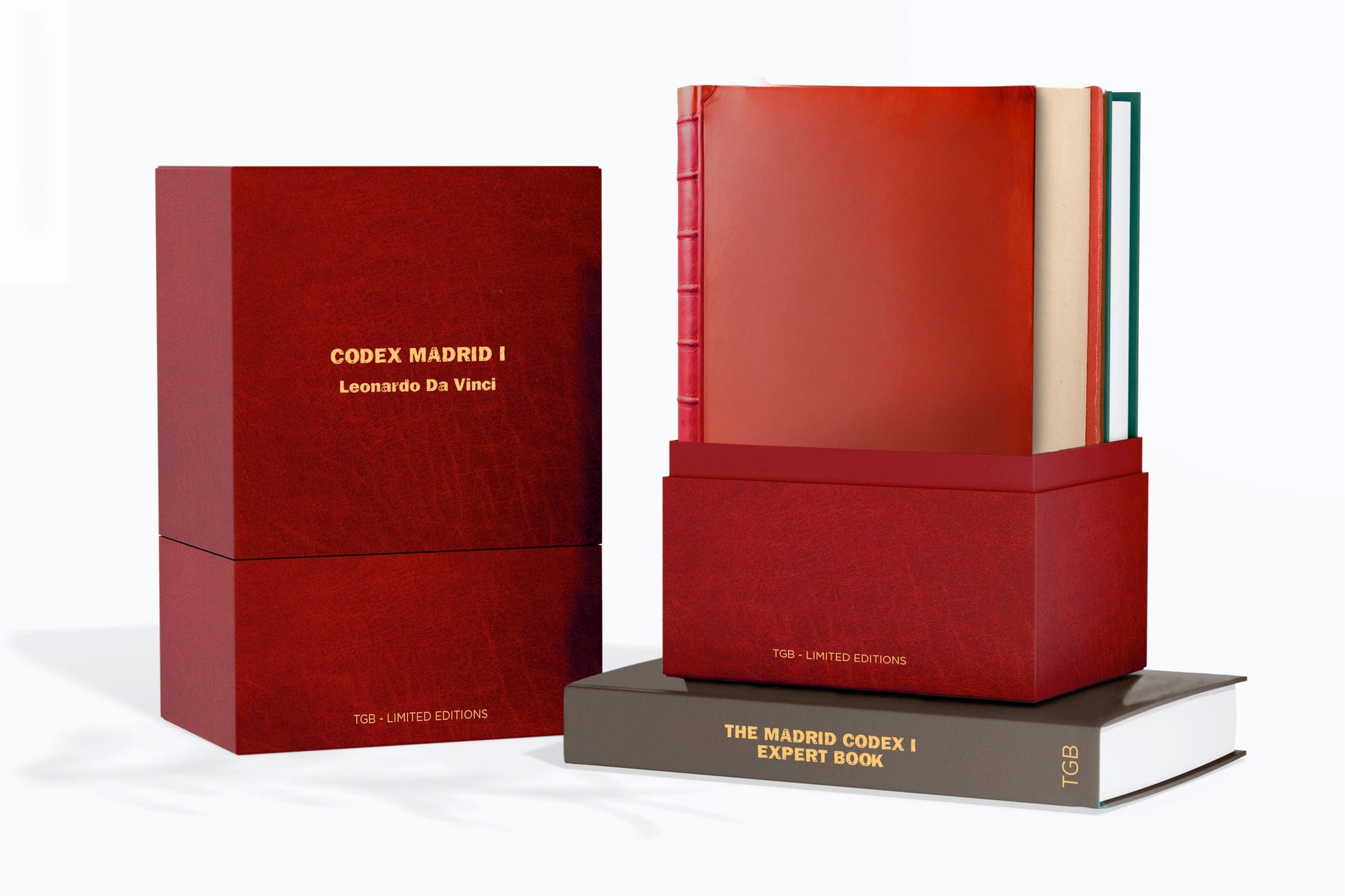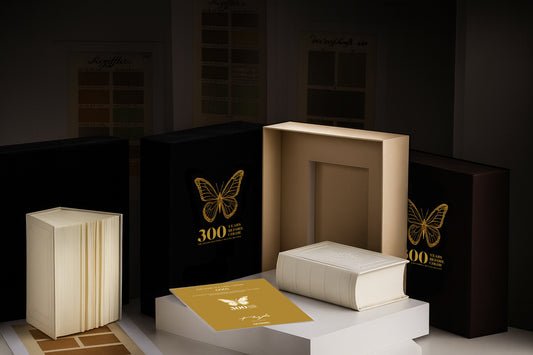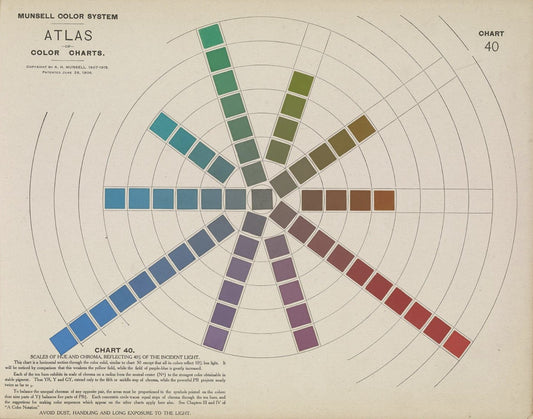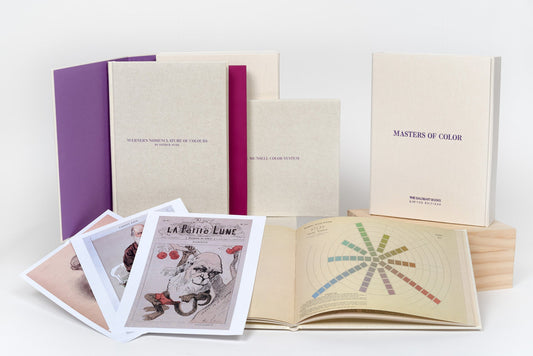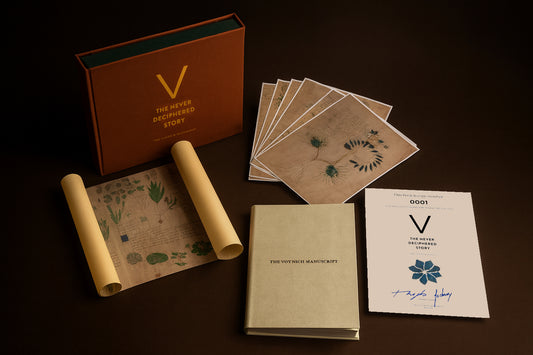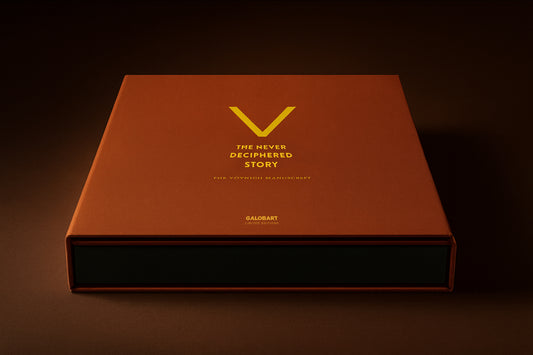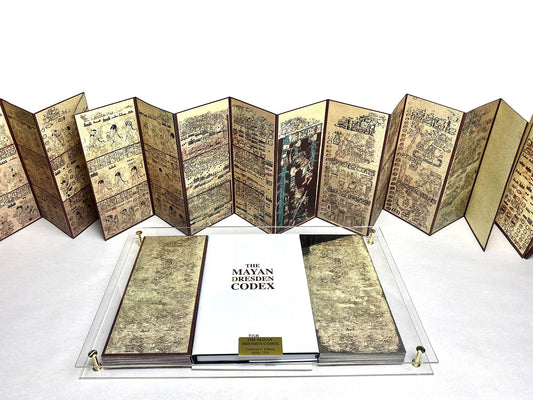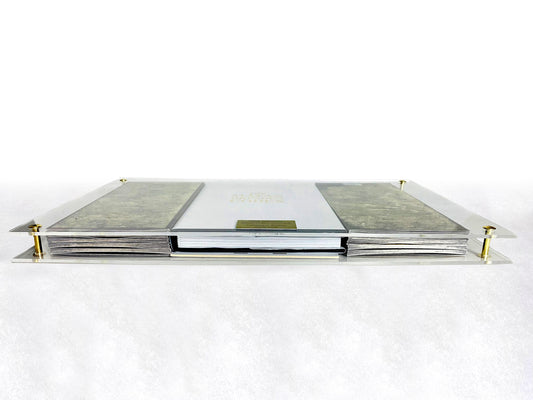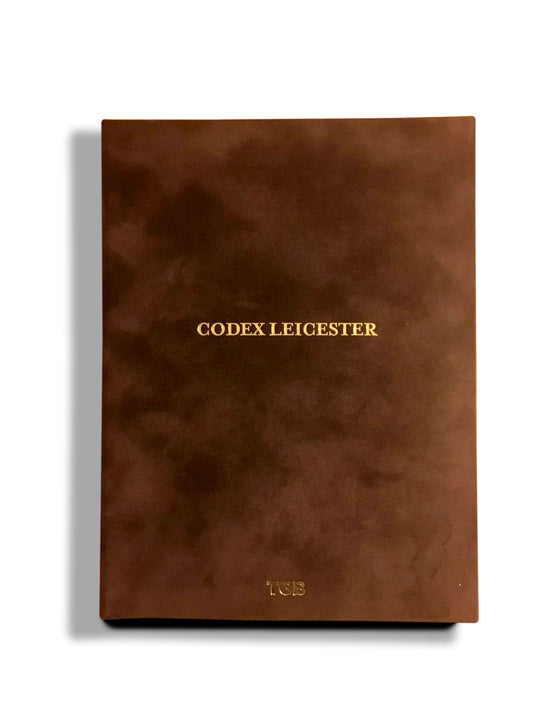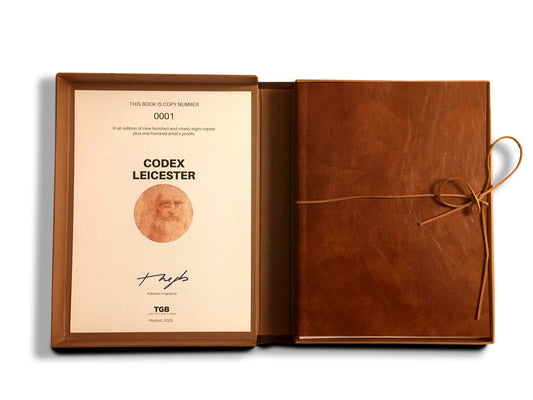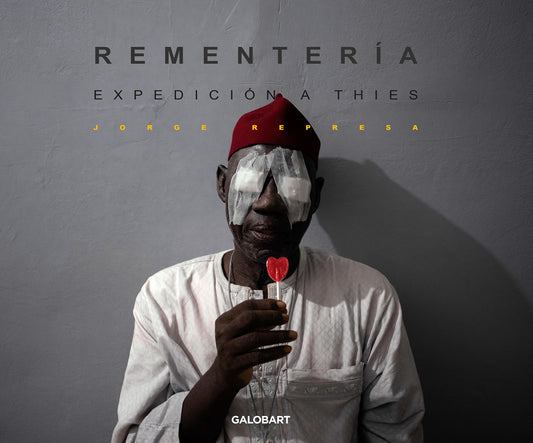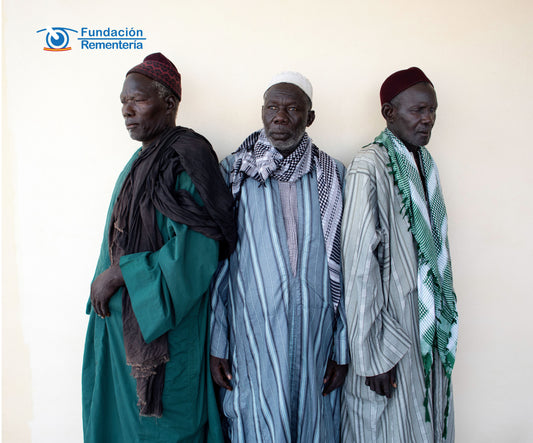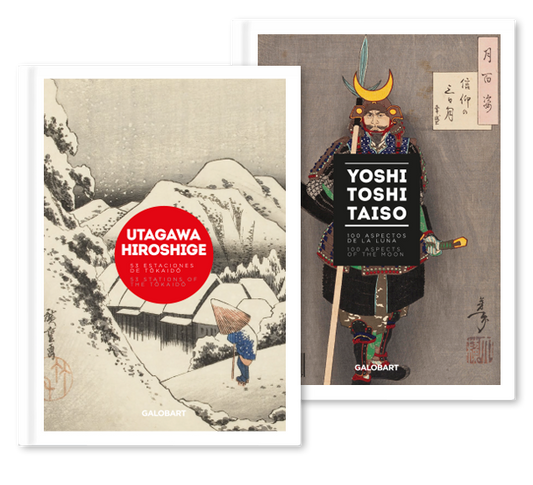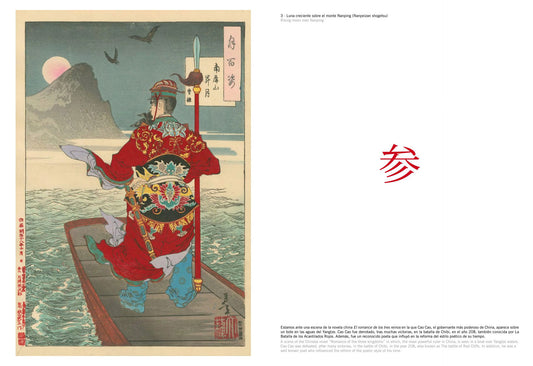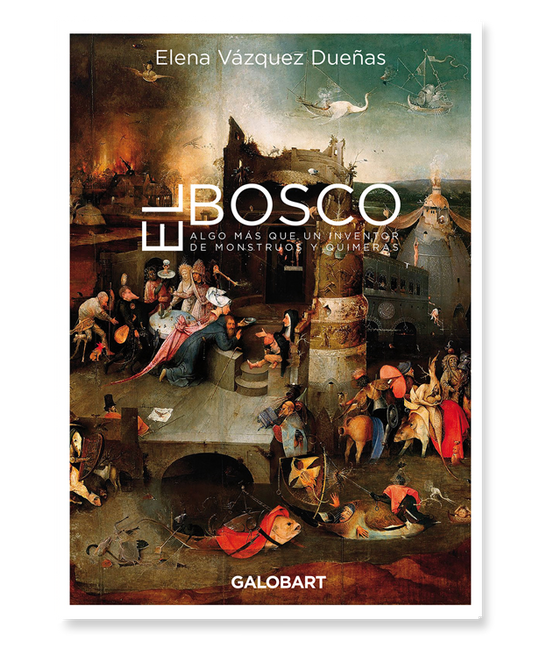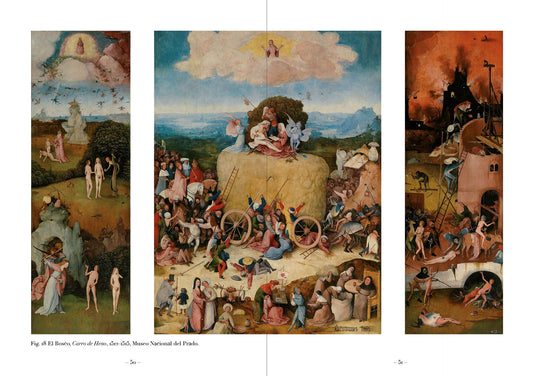CODEX MADRID I and II (LEONARDO DA VINCI)
COLLECTOR'S EDITION
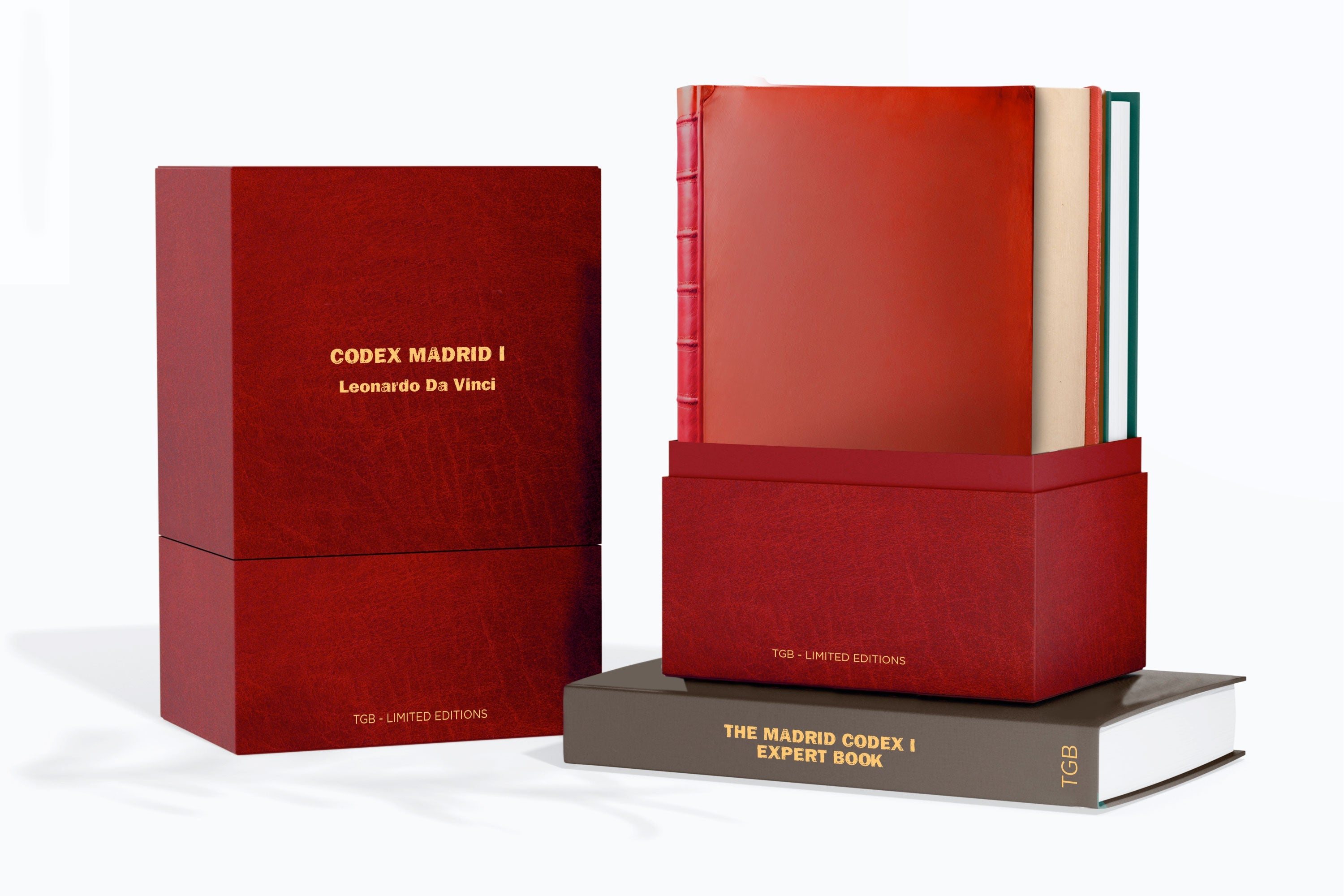
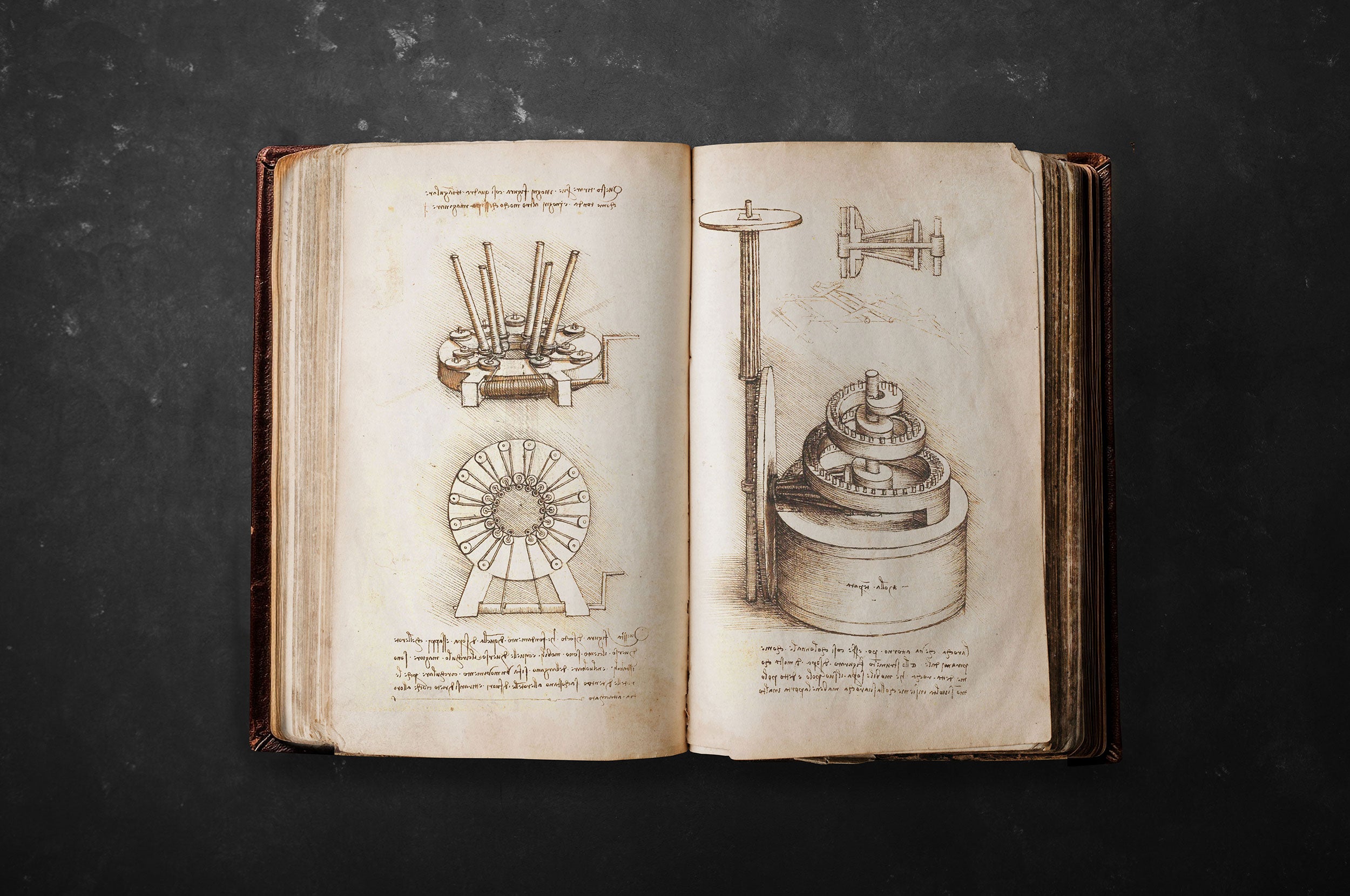


Codex Madrid I and II (Leonardo da Vinci)
Codex Madrid I and II (Leonardo da Vinci)
COLLECTOR'S EDITION
Couldn't load pickup availability
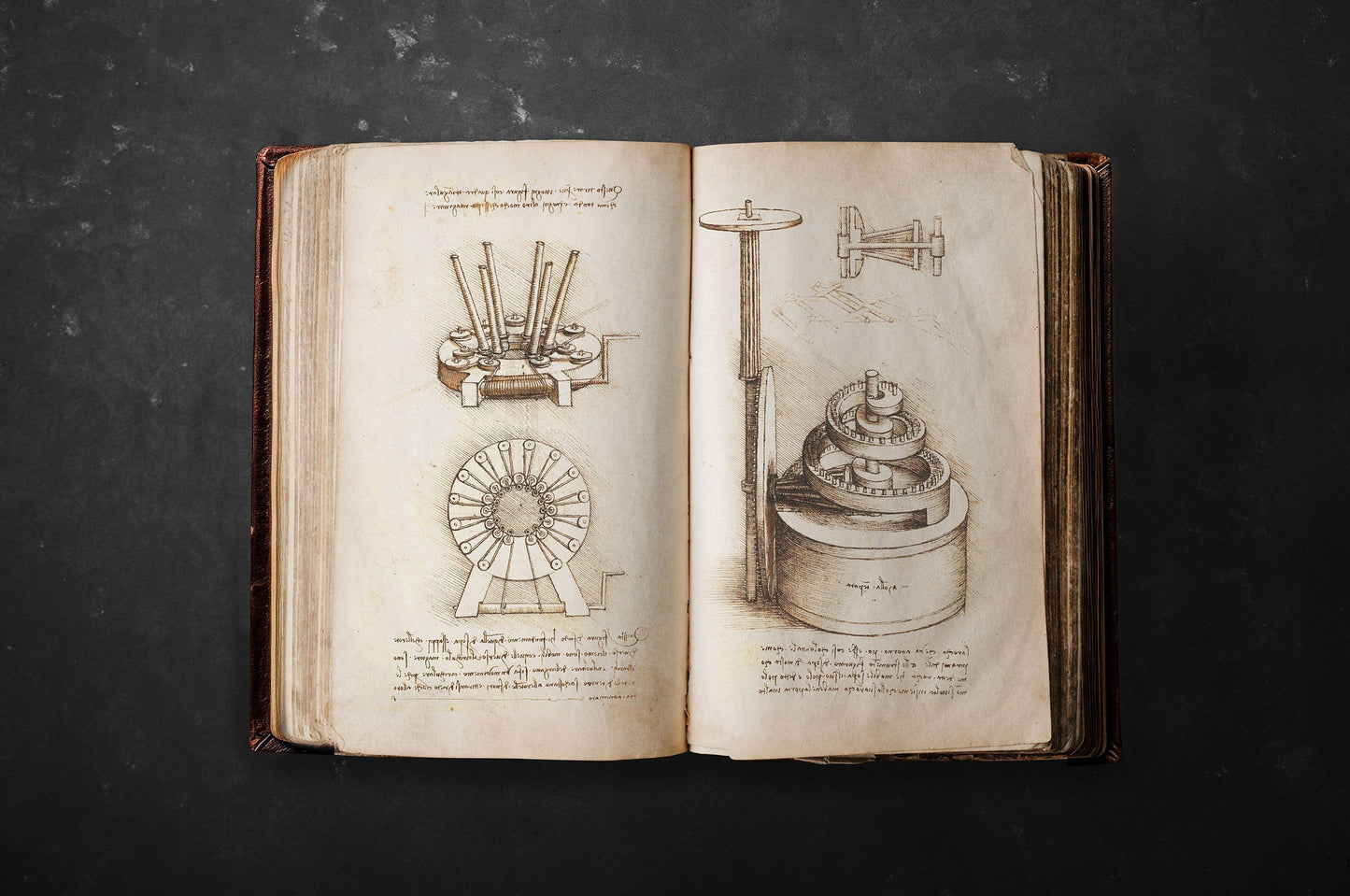
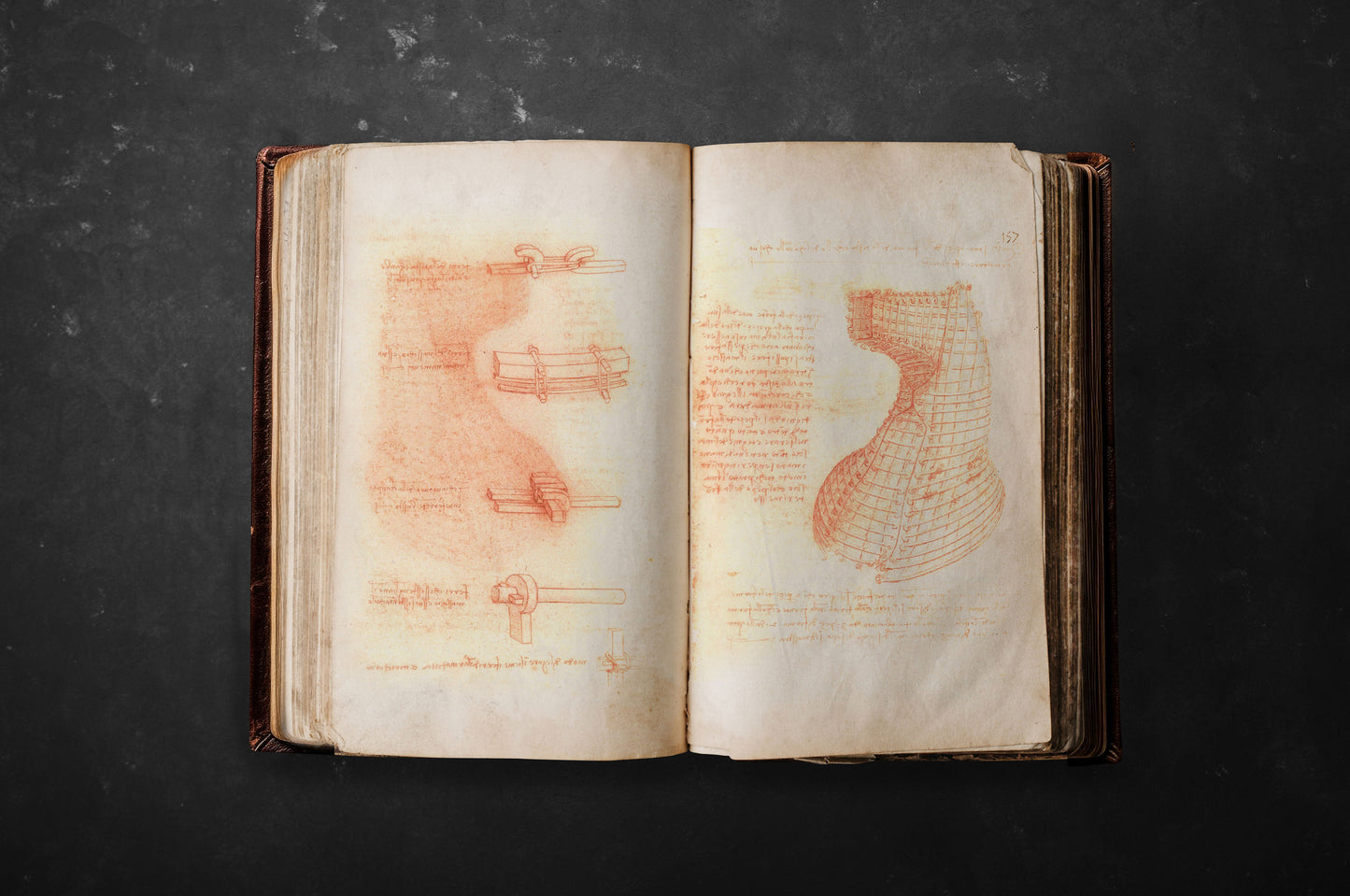
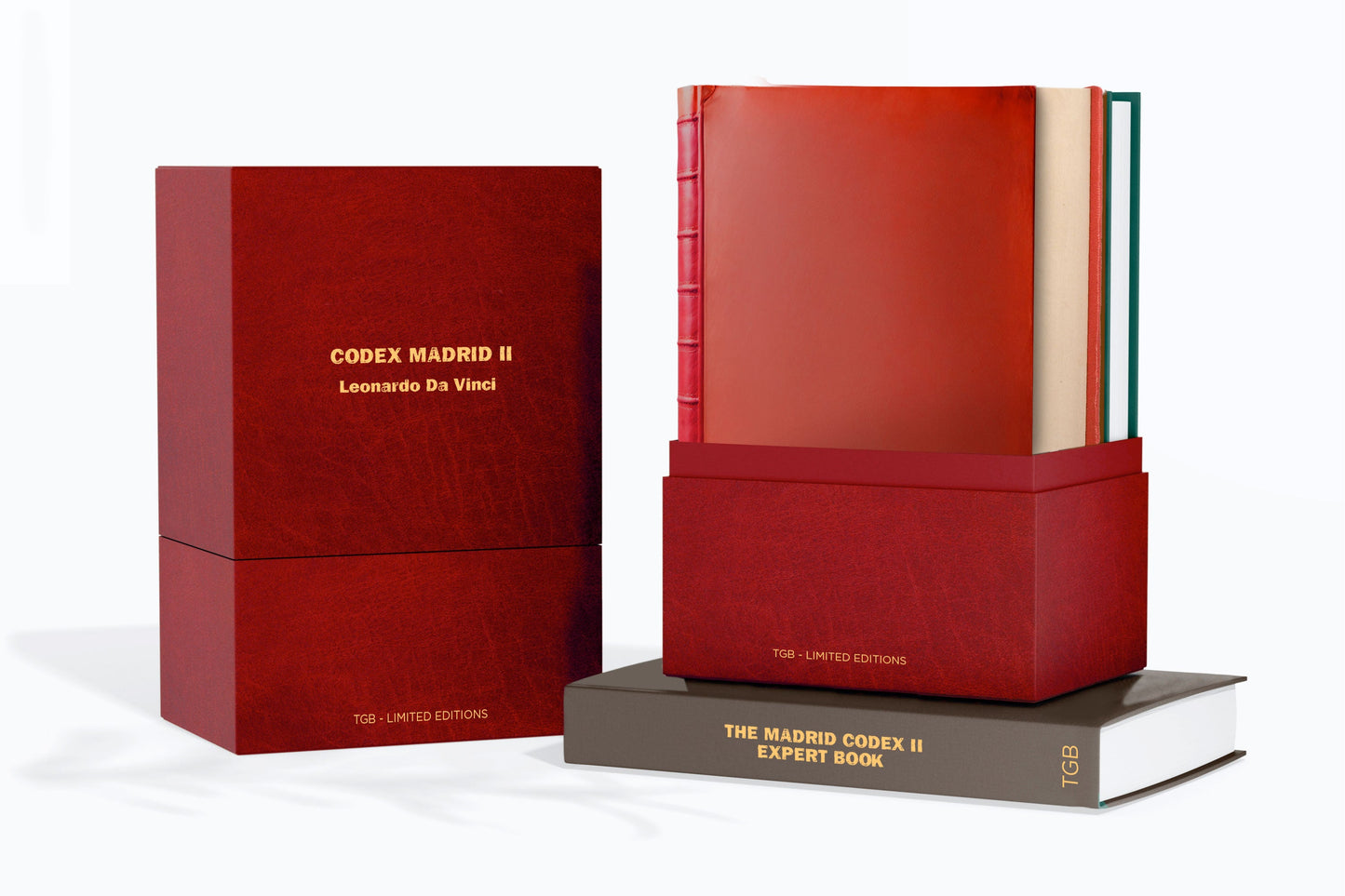
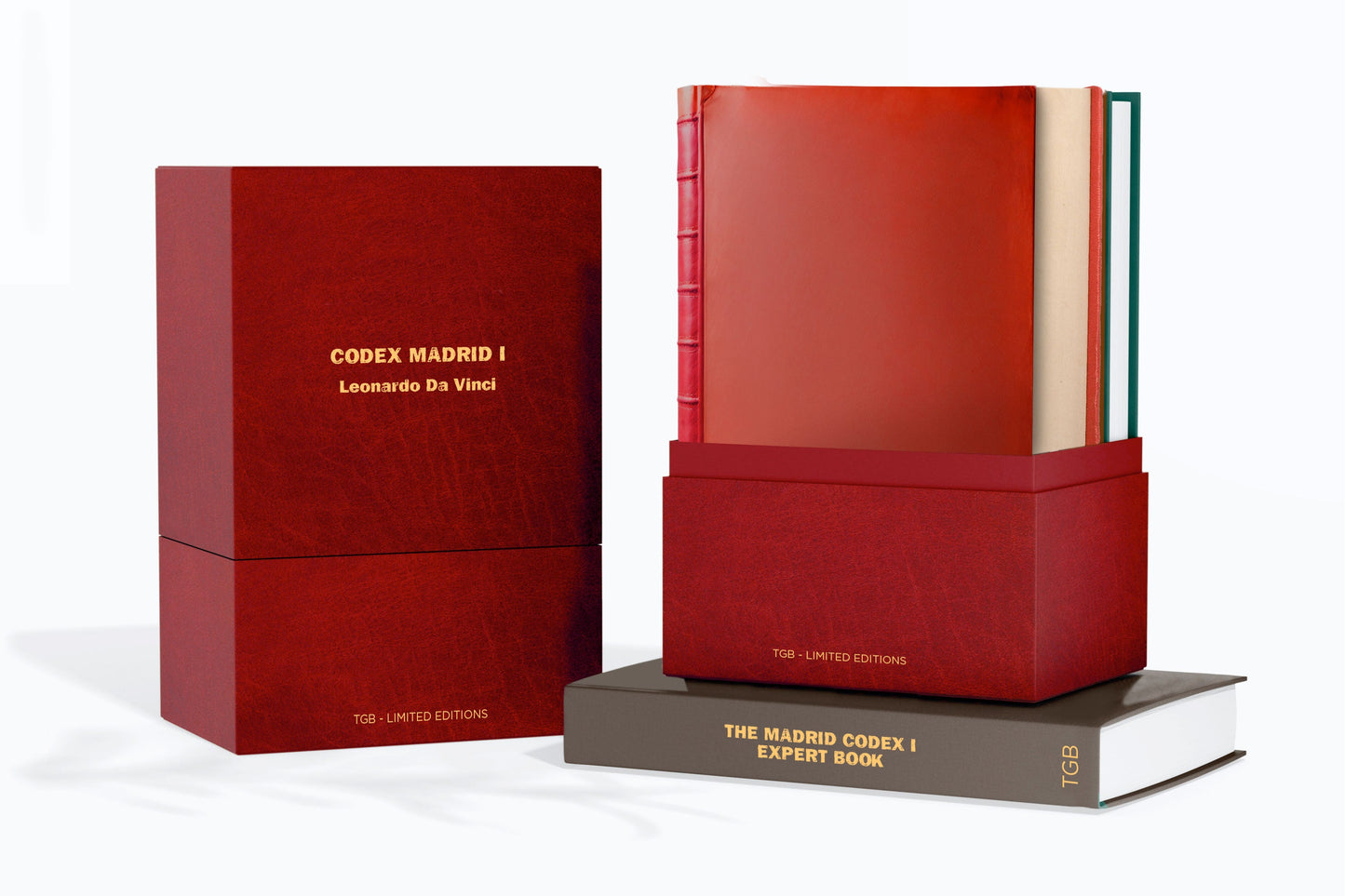
CODEX MADRID I and II - COLLECTOR'S EDITION -
*Two facsimile editions of the original
Madrid Codex I
«Treatise on Statics and Mechanics», 384 pages in its original format of 215 x 145 mm (8.46 x 5.70 in).
Madrid Codex II
«Treaty on fortification, statics and geometry», 316 pages in its original format of 215 x 145 mm (8.46 x 5.70 in.).
Each luxury limited edition contains (only 999 +100 copies):
-Hand-stitched spine binding (vegan alternative to leather).
-Art paper with serrated edges that reproduces the original.
-Exact reproduction of the original document (length, color and size).
-Ten numbered art prints for collecting or framing.
*A book with expert commentary on the codices and the life and work of Leonardo.
*An elegant case with a certificate numbered from 001 to 1099 in a collector's edition.
600€
SOLD OUT
Hand-bound

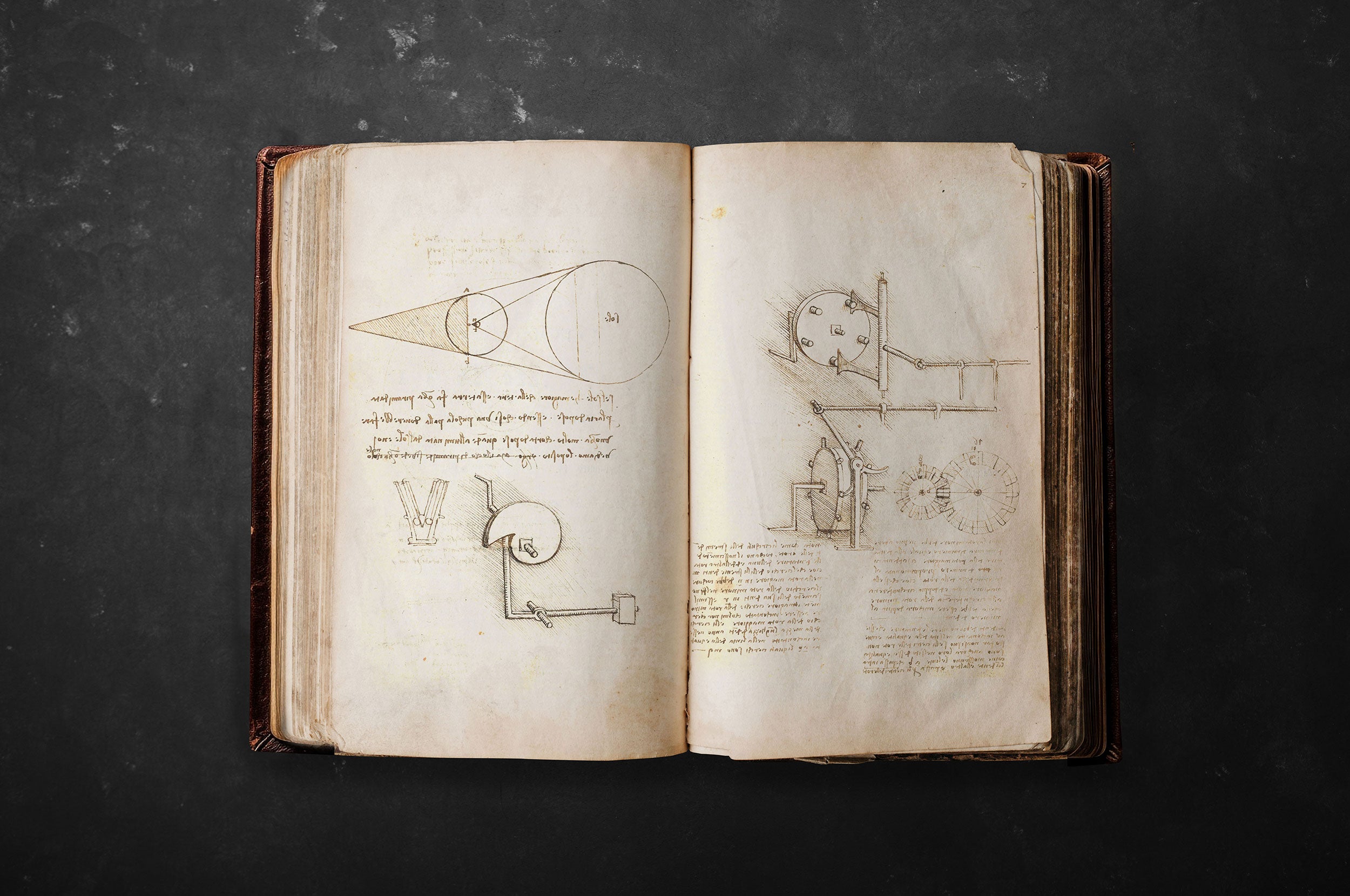

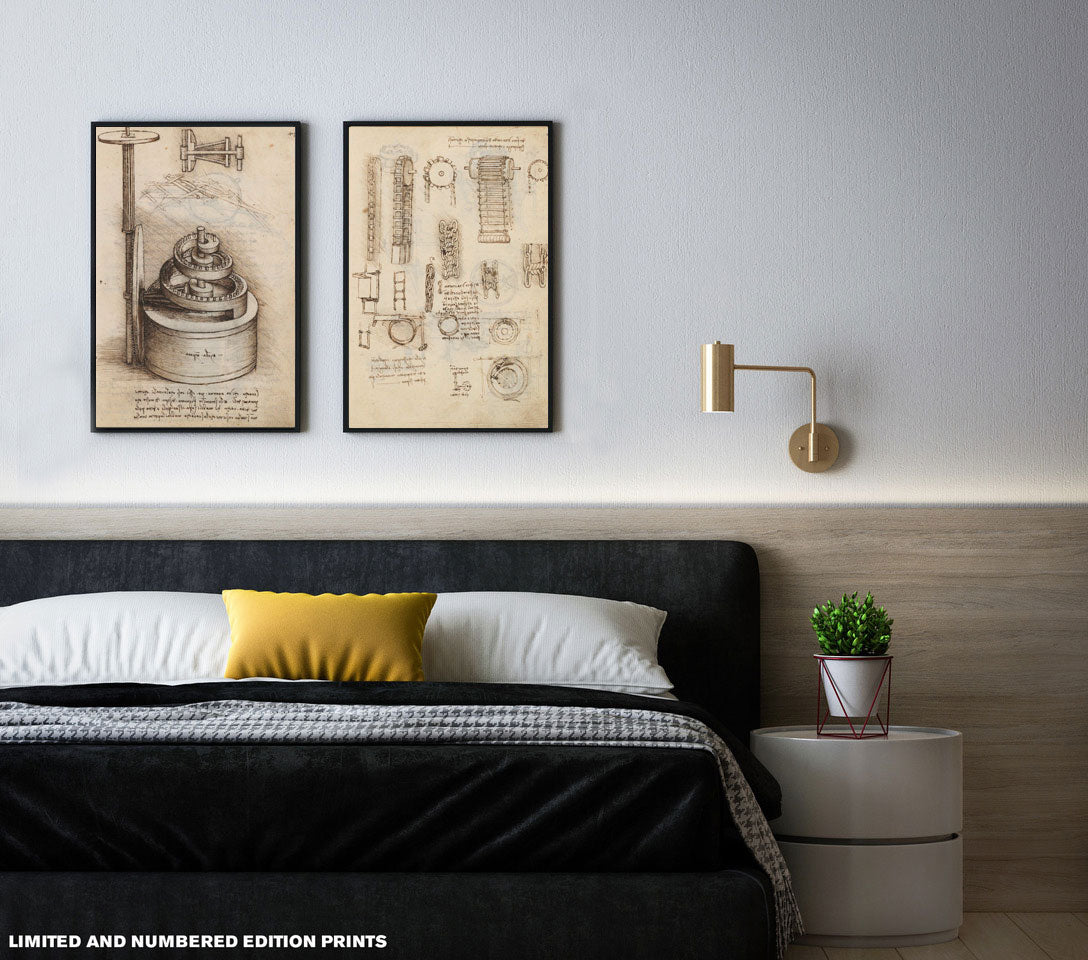

The Madrid I Codex (1490-1505)
1- The Madrid Codex I, also known as the “Treatise on Statics and Mechanics” or “Leonardo da Vinci’s Madrid Codex”, is an important manuscript written by the famous Renaissance polymath Leonardo da Vinci.
This codex is part of Leonardo da Vinci's collection of manuscripts and is kept at the National Library of Spain in Madrid.
The Madrid Codex I is a collection of notes and drawings that Leonardo da Vinci made between 1490 and 1505, focusing primarily on various aspects of statics and mechanics. It contains numerous diagrams and detailed drawings that explore mechanical concepts, such as levers, pulleys, gears, and simple machines. It also delves into topics related to statics, such as the balance of forces and the strength of materials, as well as notes on optics and astronomy.
We can find, for example, notes for a water clock and also a design for a hang glider that, as would later be shown, flew.
The cover of the book says:
"Treatise on statics and mechanics, in Italian, written in 1493, as seen on the page 11. It contains 191 pages and is written backwards."
This codex constitutes a valuable source of information on Leonardo da Vinci's studies in the fields of engineering and mechanics. It offers a unique insight into his scientific and artistic approach, and provides an insight into how he sought to understand the workings of machines and apply this knowledge to the construction of practical devices. As the title indicates, it is written in Leonardo's characteristic reversed handwriting.
Leonardo da Vinci's Madrid I Codex is one of the notebooks and codices he left behind, considered a treasure in the history of science and technology. His work influenced numerous fields, from engineering to anatomy, and his legacy endures as one of the cornerstones of Italian Renaissance scientific thought and research. His work influenced numerous fields, from engineering to anatomy, and his legacy endures as one of the cornerstones of Italian Renaissance scientific thought and research.

The Madrid Codex II
1- The Madrid Codex II, also known as the "Treatise on Fortification, Statics, and Geometry" or "Leonardo da Vinci's Madrid Codex," is an important manuscript written by the celebrated Renaissance polymath Leonardo da Vinci. This codex is part of Leonardo da Vinci's manuscript collection and is kept at the National Library of Spain in Madrid. In this notebook, we can find a wide variety of studies: topographical sketches; problems of nautical, architectural, and military engineering; geometry (especially his studies on the "squaring of the circle"); the flight of birds; and some scattered notes on personal matters (the list of books in his library, or his clothing, for example).
The Madrid Codex II covers various topics and can be divided into two clearly distinct parts; the second is the notebook detailing the casting of the Sforza Horse, which was added at an unknown date.
"Sector A": a notebook.
In many parts of this manuscript, the lines are drawn with sanguine, a reddish pigment using a variety of ferric oxide called hematite.
And that is why some drawings and strokes had to be reworked with black ink by the author, since the coloring substance of the sanguine, due to the fixative used, faded and became blurred.
In this section of the manuscript, we can see a plan of Pisa with the mouth of the Arno, reminding us that around 1503, Leonardo was immersed in one of his utopias: the project to divert the Arno River and build a canal linking Florence to the sea. (See the image from the book above.)
Musical instruments:
On folio 76r of this codex, partial sketches of two musical instruments appear: the viol organista and the paper organ. These sketches are also found in Manuscript H of the National Institute of France and in the Codex Atlanticus of the Biblioteca Ambrosiana in Milan.
"Sector B": Sforza horse foundry.
The second part (referred to as "sector B") is a monographic subject. It is entirely dedicated to describing the technique of reproducing medals and fine art in bronze.
An entire fascicle is devoted to the casting of the "great horse of Milan" for the equestrian monument to Francesco Sforza. The Duke of Milan commissioned Leonardo, in 1482, to create what would have been the largest equestrian statue in the world.
Leonardo made a clay model over 7 meters tall, which was eventually cast in bronze. However, in 1499, war reached Milan, and the clay horse was destroyed and never built. The bronze that was intended to be used to make the sculpture was used to make ammunition for the war effort.
History and journey of the Codices
The Codices were brought to Spain by Pompeo Leoni, sculptor to Philip II. After several changes of ownership, they were transferred to the Library of the Monastery of El Escorial, finally passing to the Royal Library, where they remained lost for 150 years.
These manuscripts are of great importance in Leonardo's work, as they contain around 15% of Leonardo's notes that are referenced today, but they are also important for the quality and relevance of the topics they contain, which constitute one of the most important engineering treatises of the period.
Upon Leonardo's death, they passed into the hands of his friend Francesco Melzi. Some fifty years later, Pompeo Leoni, a sculptor in the service of Philip II, acquired them from his son Orazio and took them with him to Spain.1 When Leoni died in 1608, the manuscripts passed into the hands of Juan de Espina, a friend of Francisco de Quevedo y Villegas, who, according to the gossip of the time, was "a gentleman who lives alone in a palace in Madrid and whose servants are wooden automata."
The Prince of Wales (Charles), during his visit to Madrid in 1623, showed interest in the manuscripts, and Espina disclaimed the commitment, giving them to the King as a gift. The codices arrived at the Royal Library in 1712, where, for various reasons, they remained lost until 1967, according to Martín Abad, "due to the transfer of the royal library to four different locations, a fatal confusion of signatures, and the aura of Leonardo da Vinci, which blinded many to link his fame to that of the genius."
A treasure lost 150 years ago
It was a researcher at the University of Massachusetts, an expert in medieval Castilian literature, who discovered them by chance in 1967, when he came across two codices written by Leonardo Da Vinci in his own handwriting.
They had been lost in the archives of the National Library of Spain. An error by the chief librarian in coding their numbering meant they remained lost for 150 years, until they were discovered by the American Jules Piccus, who was in the Library searching for medieval songbooks.
The Madrid I and II Codex present similarities with the Atlantic Codex, in the Ambrosian Library of Milan: a series of elements (weights, gears, springs, clockwork mechanisms, scales, screws, hinges, etc.) are outlined in the Atlantic Codex, and finally developed in the Madrid I Codex, with drawings of great detail and quality.
Bound collections of Leonardo's work, notebooks and loose notes are preserved... the Madrid Codex being a bound collection.
Leonardo was at the same time a painter, anatomist, architect, paleontologist, botanist, writer, sculptor, philosopher, engineer, inventor, musician, poet and urban planner.
Leonardo's death marked the beginning of the dispersal and loss of two-thirds of the fifty thousand original multidisciplinary documents written in Old Tuscan and codified by him. Every manuscript, page, sketch, drawing, text, and note was fully considered a work of art. Only about thirteen thousand documents remain, most of which are preserved in the Vatican City archives.
This Madrid Codex is one of his most important works.
Customer reviews
-
⭑⭑⭑⭑⭑
Hi Alejandra. I just wanted to make sure you received my thanks for the Codex. Beautiful book and well worth the wait. Thanks again. Best regards.
Mark Jackson
Taos, New Mexico, USA -
⭑⭑⭑⭑⭑
This is the third product I've purchased from GALOBART, and each one has been meticulously crafted. I'm very impressed with the materials and craftsmanship, as well as the excellent way GALOBART communicates with customers. I look forward to the launch of future products.
Michael Winograd
Keene, New Hampshire, USA -
⭑⭑⭑⭑⭑
Hi I received this today it is awesome I am very happy with it Great job.
Michael Richardson
Bradley Stoke. Bristol board. United Kingdom
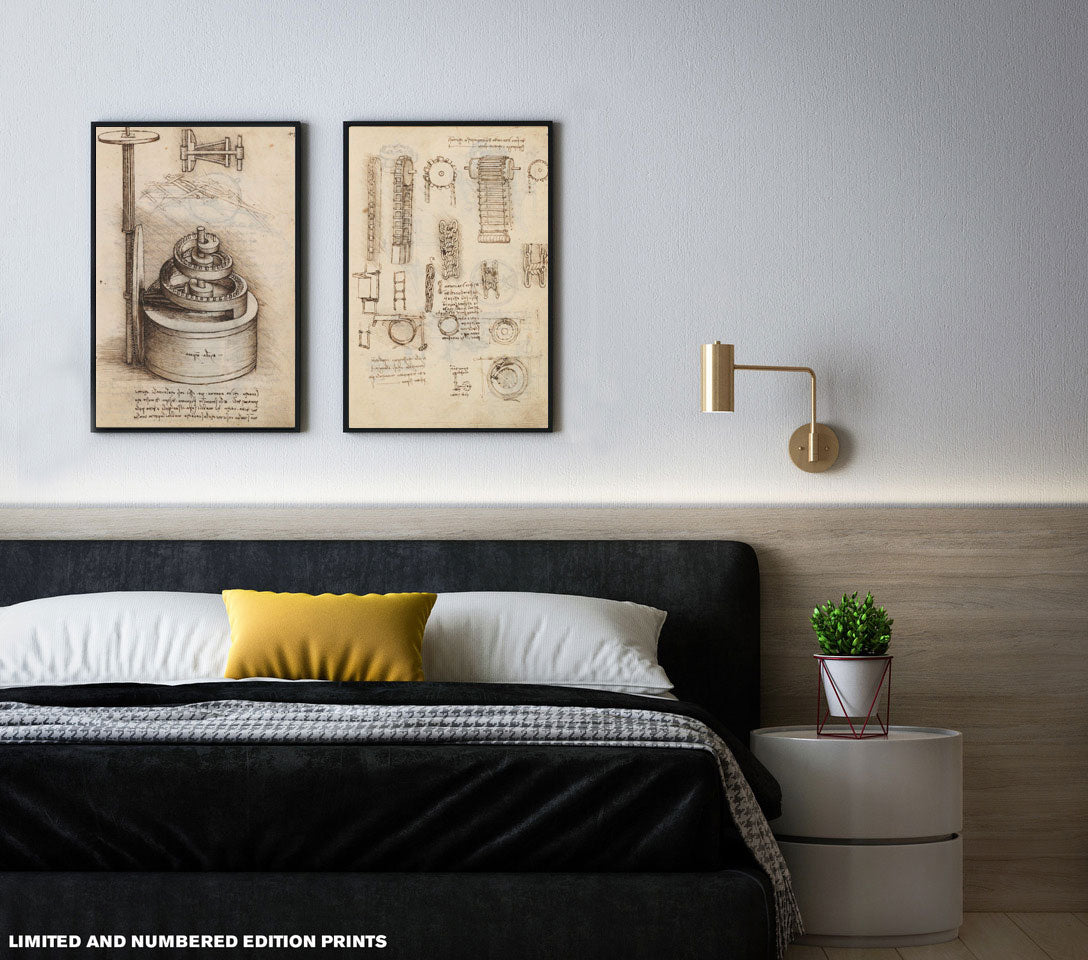
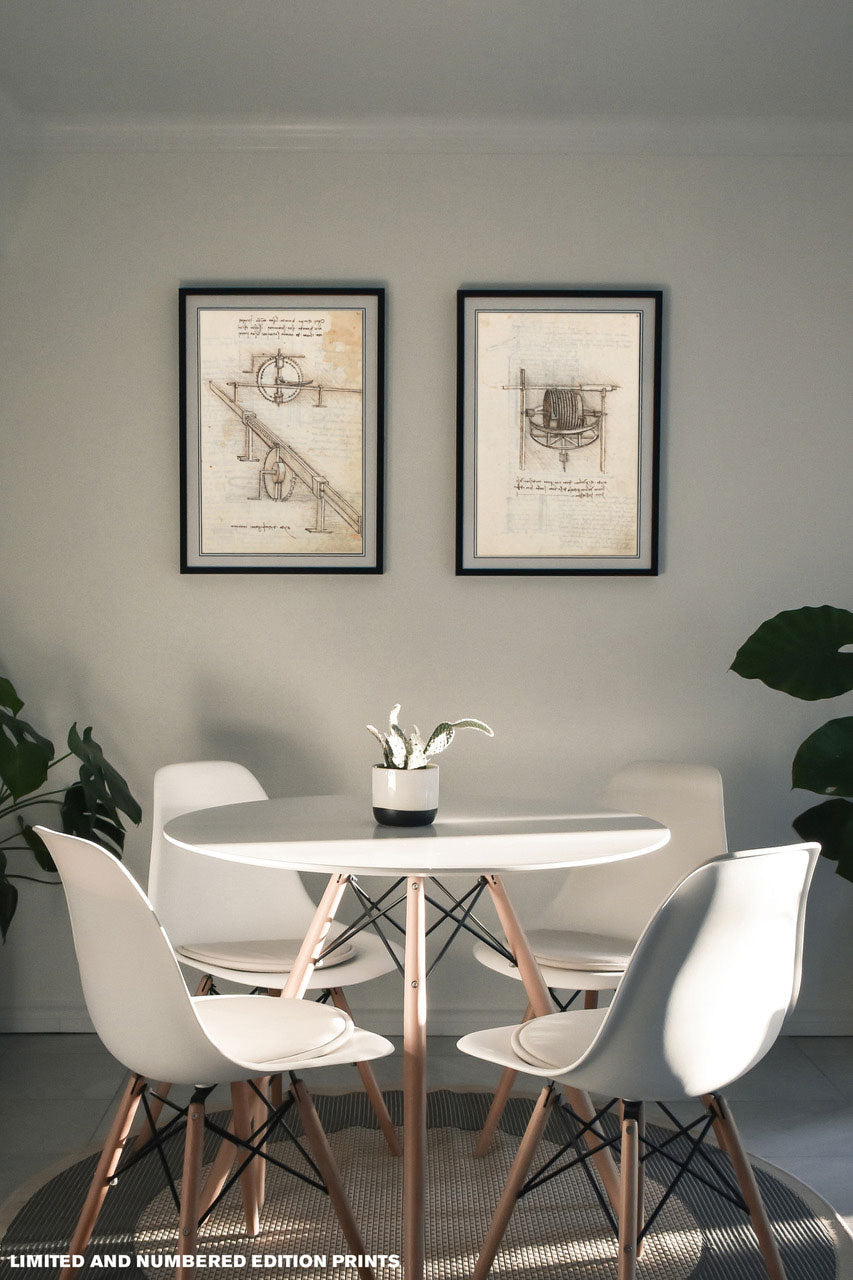
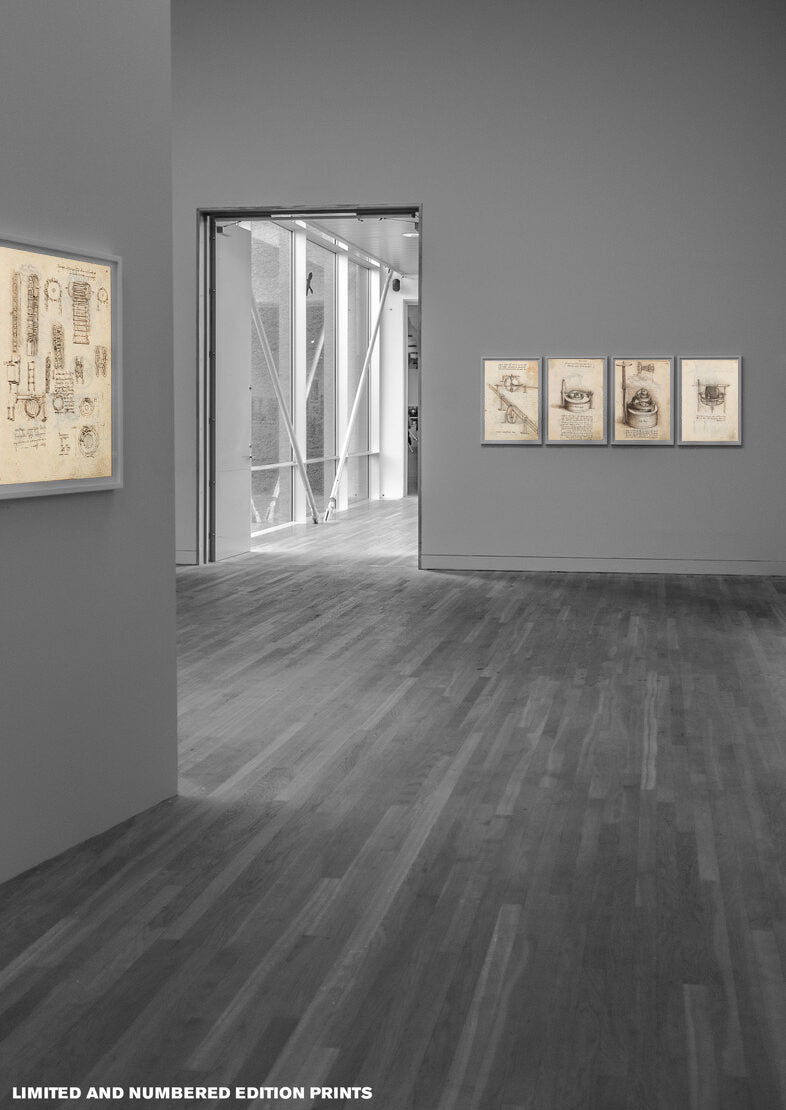
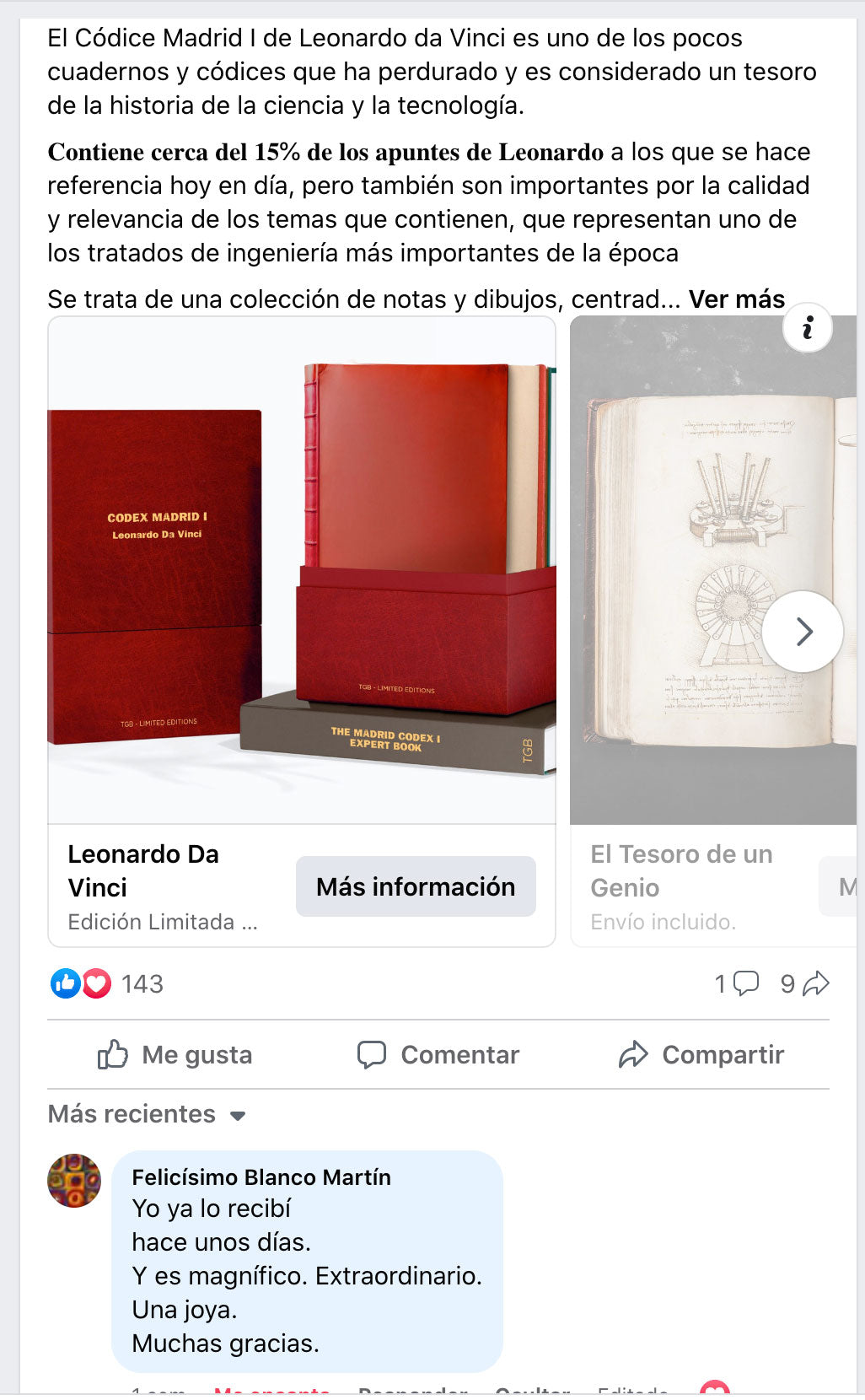
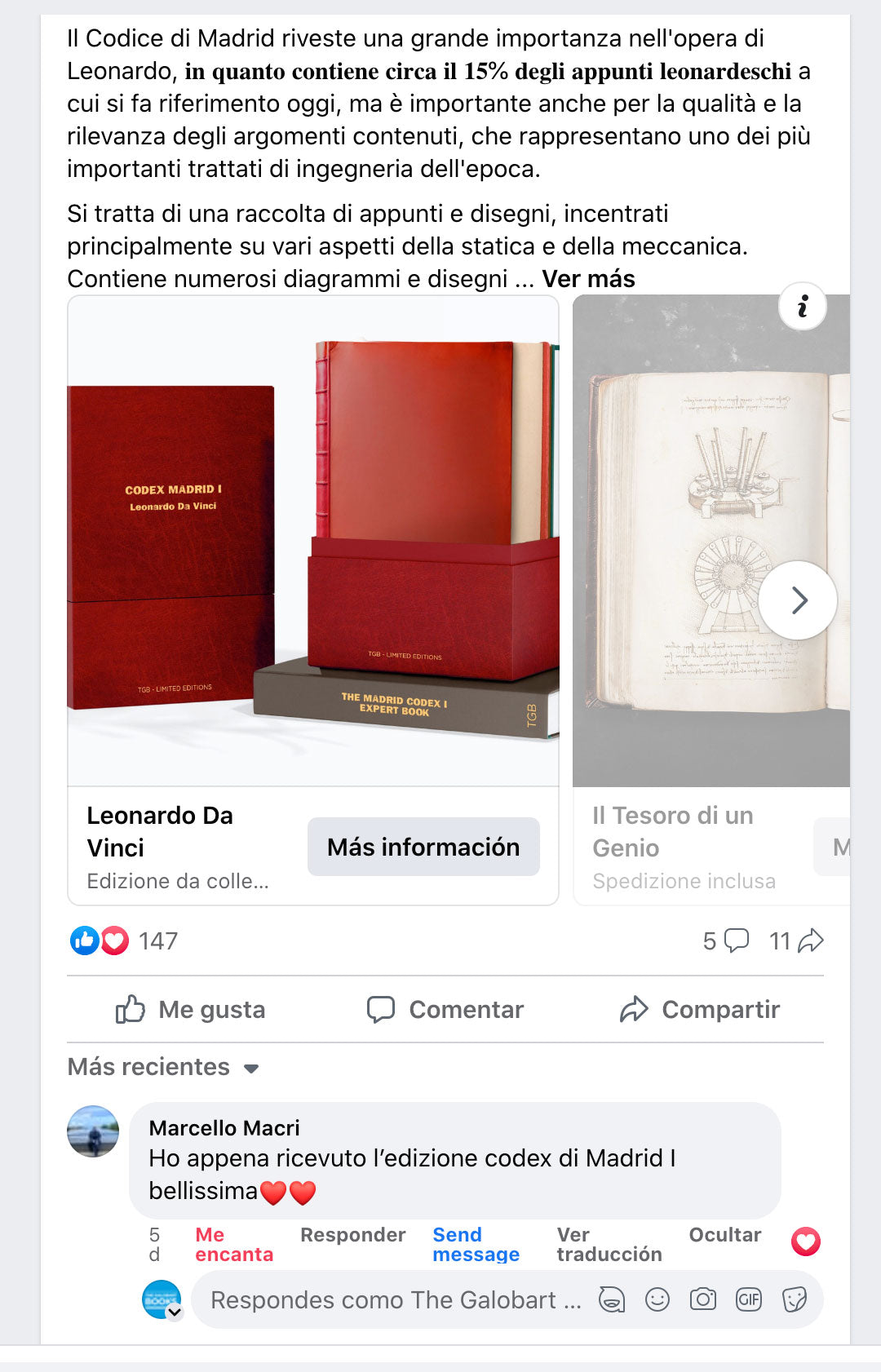
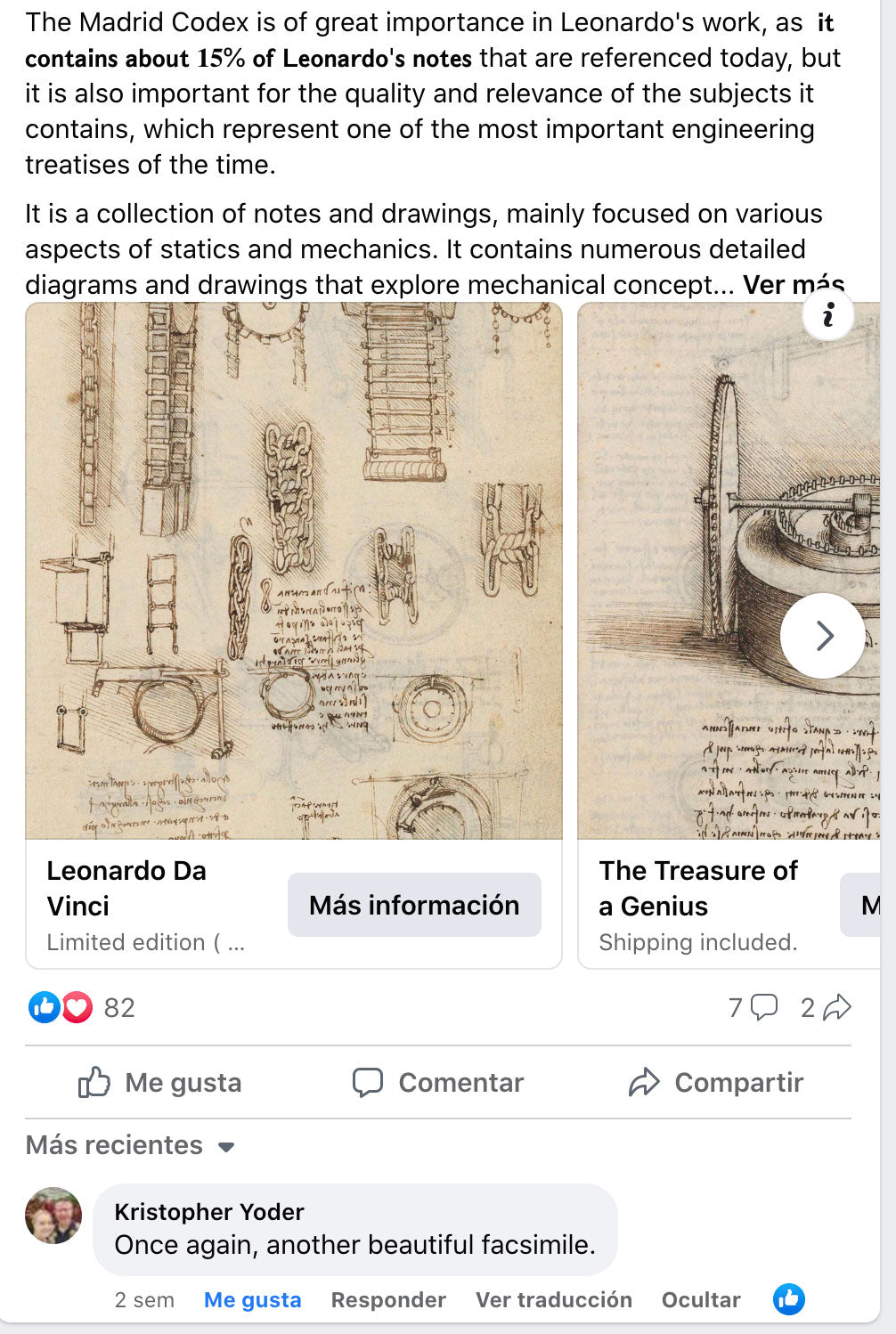
What is included?
*A FACSIMILE EDITION OF THE ORIGINAL
"Treatise on Statics and Mechanics", 384 pages in its original format of 215 x 145 mm (8.46 x 5.70 inches).
Hand-bound with ribbed spine. (vegan alternative to leather*)
The art paper with serrated edges reproduces the original.
Exact reproduction of the original document (length, color and size)
*FSC® Chain of Custody certification identifies all products made from raw materials derived from forests managed according to the international standards of the Forest Stewardship Council, by certified companies. FSC®-certified products are available upon request.
*PETA-Approved Vegan certification guarantees that no animal, directly or indirectly, is used or abused in processing or production.
*TEN PRINTS TO COLLECT OR FRAME
10 art prints on Favini Plus art paper are included for owning an exclusive private art collection featuring Leonardo da Vinci's handwritten notes.
*A COMPANION BOOKLET WITH EXPERT COMMENTARY ON THE CODEX AND THE LIFE AND WORK OF LEONARDO
Paperback book with flaps.
*AN ELEGANT FABRIC CASE
An elegant silk fabric case that opens in half, numbered 001 to 1099.

CONTACT US FOR ANY QUESTIONS
Others love it too...
-
300 YEARS BEFORE COLOR Velvet Royal Blue Edition. NEW.
Regular price €140,00Regular priceUnit price / per -
Masters Of Color - Collector's Edition
Regular price €130,00Regular priceUnit price / per -
The Voynich Manuscript
Regular price €150,00Regular priceUnit price / per -
The Dresden Codex
Regular price €160,00Regular priceUnit price / per -
Codex Leicester (Leonardo Da Vinci)
Regular price €170,00Regular priceUnit price / per -
Expedition to Thies
Regular price €50,00Regular priceUnit price / per
